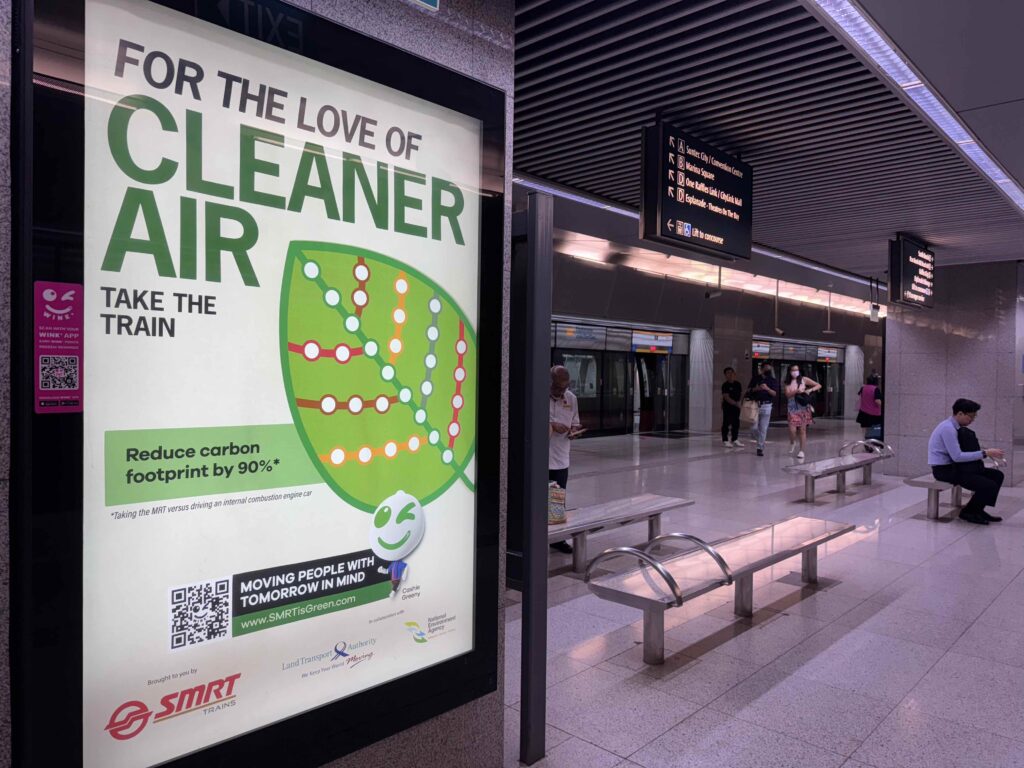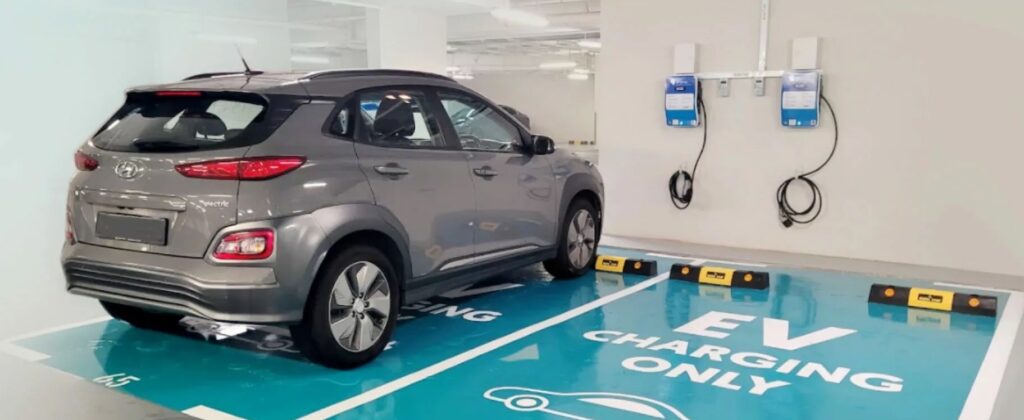Published 1 April 2024 ● Last Updated on 1 April 2024
Singapore might be mighty on the world stage, but it cannot hold out against the impact of climate change. Over the past few decades, we’ve seen some significant shifts, from rising temperatures to more intense rainfall and even the occasional cyclone. As a low-lying island, the rise in sea level poses a significant threat, putting much of our nation at risk of flooding.
Ever the consummate planner, our little red dot is setting aside funds and formulating action plans to play our part in reducing carbon emissions. Sustainable transportation plays a crucial role in this grand endeavour.
Now, you might wonder, what does ‘sustainable transport’ even mean? And why does it play a part in climate action?
Our transportation choices directly generate carbon emissions, which contribute to global warming. Reports from the Intergovernmental Panel on Climate Change (IPCC) have conclusively shown that carbon emissions are linked to climate change. And the current global transport system accounts for 15% of global greenhouse gas emissions. Needless to say, low-carbon transport that is available at reasonable cost to a majority of the population – or sustainable transport – is the need of the hour.
Singapore’s Green Plan 2030 lays out the steps our nation will take towards a greener future, and among the key elements is our transit system. Here is a rundown of the sustainable transport choices available in #SustainableSinagpore – to inspire you to join the ride!
Public transit
Singapore boasts one of the most efficient and eco-friendly public transit systems in the world. Its road-rail-bus network currently serves over seven million commuters each day. Plans are afoot to increase reach and usage even further.
Ah, the iconic MRT! It not only helps reduce congestion on roads but also cuts down on carbon emissions by providing a convenient and accessible alternative to private vehicles. The target by 2030 is to expand the rail network to about 360km. This means connecting eight in 10 households to within 10 minutes of a train station.

Cycling and walking
But wait, there’s more!
Singapore is also investing in cycling infrastructure and promoting walking as sustainable modes of transportation.
The Land Transport Authority (LTA) recently announced a $1 billion plan to be unrolled over the next decade. Focussed on “Walk, Cycle, Ride Journeys'”, it has 2 key aims: first is to create friendly streets – i.e. making walking and cycling commutes within neighbourhoods more safe, inclusive and comfortable; second is to improve first-and-last-mile connectivity with more commuter infrastructure.
By building dedicated cycling lanes and pedestrian-friendly streets, the idea is to encourage more people to leave their cars at home and embrace these eco-friendly alternatives. It’s a win-win for our health and the planet!

Electric Vehicles
And let’s not forget about electric vehicles (EVs). According to the Singapore Green Plan 2030, all cars and taxis registered from 2030 onwards must be cleaner-energy models, paving the way to completely out internal combustion engine vehicles from our vehicle population by 2040.
The reason is clear: Driving an Electric Vehicle (EV) halves our carbon footprint, compared to driving a similar vehicle powered by an internal combustion engine.
Using the carrots of tax incentives and infrastructure support, Singapore’s government is paving the way for a future where EVs play a central role in reducing the carbon footprint of transportation.
Under the Green Plan, the target is to deploy 60,000 EV charging points across Singapore by 2030, comprising 40,000 in public car parks and 20,000 in private premises. Every HDB town will be EV-ready by 2025, with close to 2,000 HDB carparks to be fitted with EV charging points.

Ride Sharing
And finally – a lifestyle choice that we can make to reduce the carbon footprint of vehicles we use!
Carpooling and ridesharing are easily accessible options in Singapore. Be it a cycle or a car, we reduce the vehicle’s lifecycle carbon emission by choosing to share. Carpooling with friends / colleagues is an easy way to reduce the load on the road and your pockets!
For those of us who do not own a vehicle, renting is an option. Cycle sharing apps such as Anywheel allow you to hop on and hop off at designated parkings throughout Singapore – often next to bus stops.
Likewise, BlueSG is an alternative to having your own car. With a 100% electric vehicle fleet, the company has 1000 cars with 500 locations (that provide charging stations) islandwide. Here too, you can pick up and drop off your car at designated locations, unlike the traditional car hiring companies.
Cab sharing is also an easy way to knock off the emissions and the price. Next time you book a cab on Grab, consider Grab Share – a service that allows passengers to share the ride and the fare, while driver-partners get to earn more by picking up multiple passengers going the same way.
Sustainable transportation choices are crucial in mitigating the environmental impact of transportation and building a greener future for generations to come. By opting for public transit, cycling, walking, electric vehicles, and shared mobility services, individuals can significantly reduce their carbon footprint and contribute to a more sustainable society.
Achieving meaningful change requires collective effort and commitment from governments, businesses, and individuals alike. Together, we can navigate towards a greener future by making conscious choices in our daily transportation habits and supporting initiatives that promote sustainability and environmental stewardship.
Related Articles:
Sustainable tourism vs eco tourism | Yes, they are not the same!



0 Comments